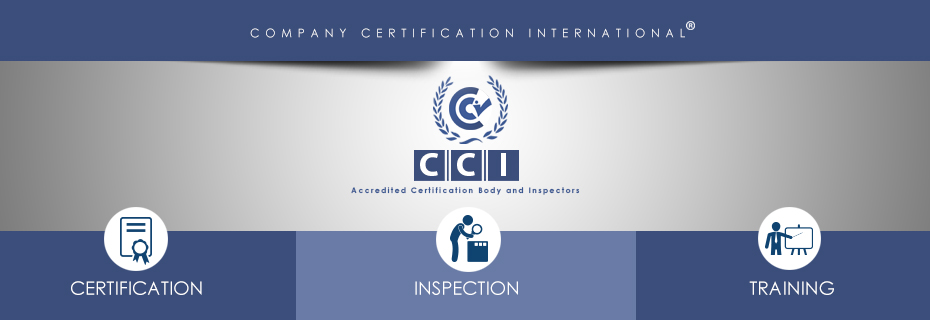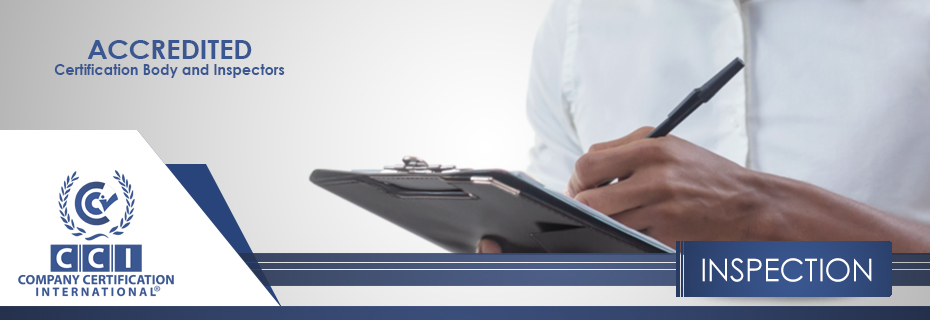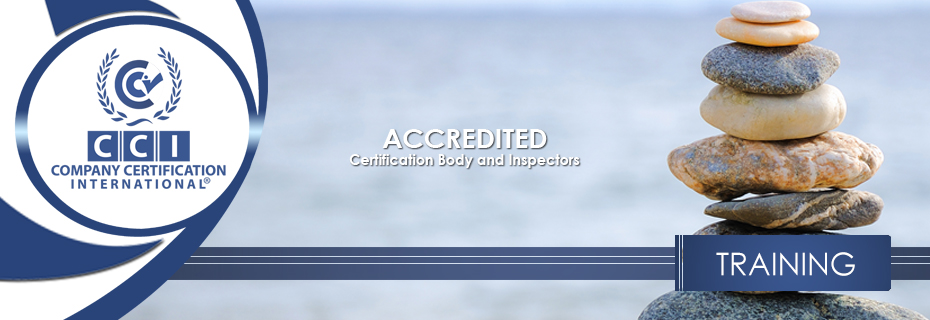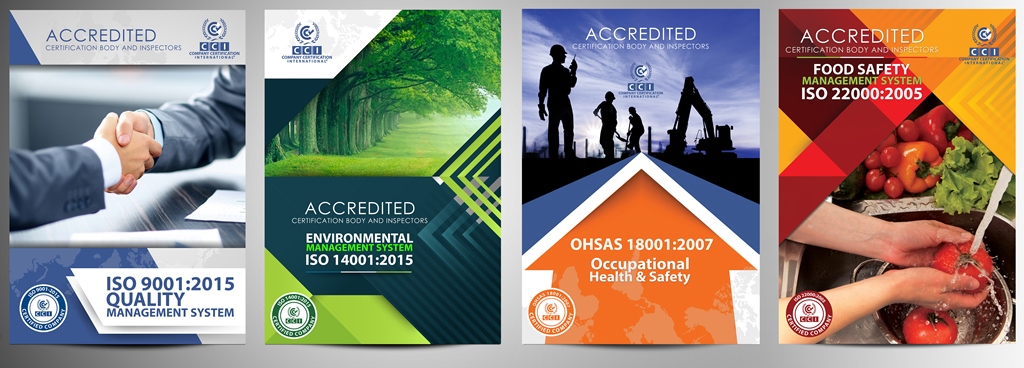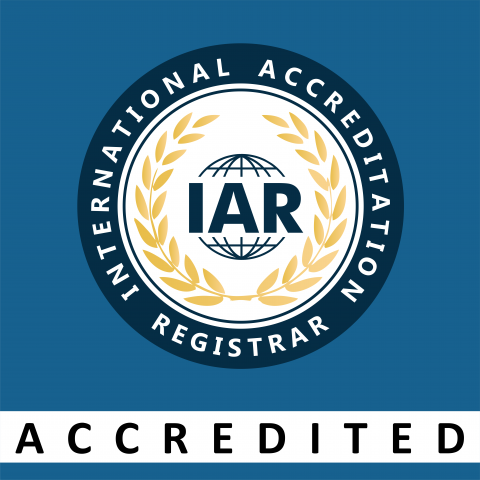ISO 20000-1(SMS)
What is 20000-1 Service Management System?
This globally recognized Information Technology Service Management Standard was inspired by the British Standard BS 15000 model and aligned with the process approach defined by the Office of Government Commerce (OGC)’s IT Infrastructure Library (ITIL). ISO 20000 has been designed to shape consistency in the management of IT services and infrastructure, either internal or outsourced, benefiting employees and clients. The ultimate goal being effective overall IT service management, the standard is based on key processes ranging from service level management reporting, budgeting, and accounting for IT services, to information security, supplier, incident, change, and release management.
What are the key benefits?
ISO 20000 certification helps companies improve and streamline IT processes, boost effectiveness, and ensure a controlled, consistent high-quality delivery of services internally, and externally for extended networks and end customers. This demonstrates a company’s commitment to upholding a reliable IT service and infrastructure, enhancing employee satisfaction and performance while boosting the corporate image.
Other key benefits include:
- Cost reduction through increased productivity
- Leveraging a proven set of best practices
- ISO 20000 is recognized worldwide by the IT industry
- Better alignment between business objectives and IT, reducing risks, and improving communication between business areas and IT
- Market advantage through a certificate issued by a recognized independent certification body.
The Certification Process
Online gap analysis allows us to see the current
- quality benchmark within your organization,
- the finances required
- the time required for this project (System and Certification Fee)
Your Estimate will be shared with you in 24 hours.
Upon Estimate Approval the project starts:
- A client executive is assigned to your project
- Contact information is shared with you
- The Payment details are provided to you
All Support is delivered Online.
The Client Executive will provide the Documentation Templates and explain to you how to amend it.
You will be required to perform the following tasks:
- Identify your core or business processes.
- Amend documentation that meets your business needs. (Policy statements, objectives, manuals, work instructions, job descriptions, forms.)
- Encourage employees to be aware of the new documented system
- Review, approve, and distribute the documents to those who need access to the information.
- Ensure procedures are being performed as documented.
- Ensure employees are trained properly for the tasks they are performing.
- Create effective reporting systems.
- Monitor the effectiveness of your processes through the use of measurable data, where possible.
- Review and take action to improve in the areas required.
- Plan internal auditing activities.
- Submit your management system documentation for review to ensure it complies with the applicable standard.
- Prepare for review by an external auditor to confirm that the system’s requirements are being satisfied and that the management system is implemented effectively.
- Obtain ISO Certifcaiton
- This periodic on-site review is usually conducted annually.
- It ensures that the certified business continues to comply with Standard requirements, as confirmed during the Recertification Audit at the certification cycle's outset.
- Most are conducted remotely.
Refer to learn more about Types of Audits


